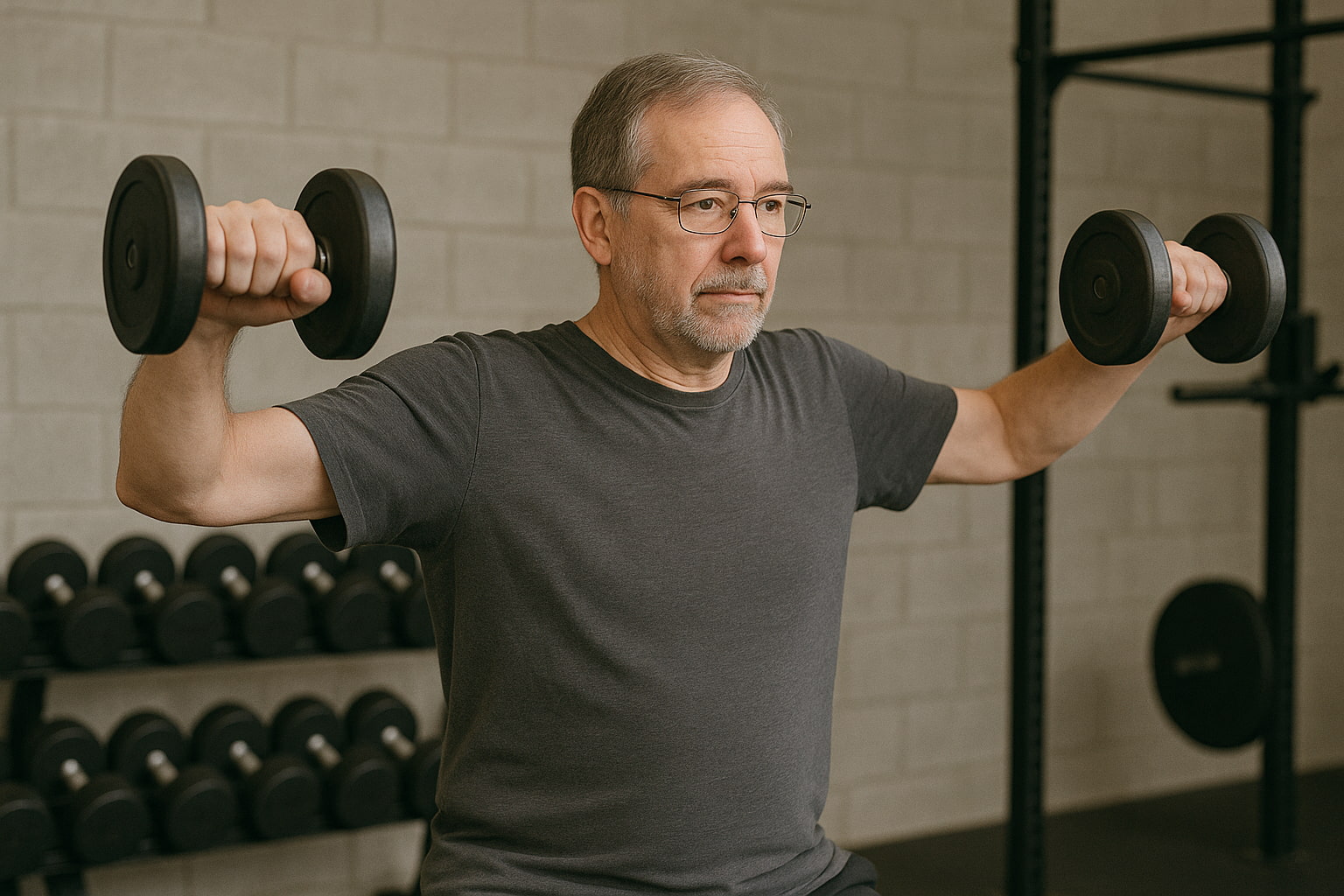See Also:
Rehabilitation Goals
- Manage pain and swelling
- Restore shoulder range of motion (ROM)
- Regain strength and function
- Safely return to daily activities, work, and sport
Expected Recovery Time
| Milestone | Timeframe Range |
|---|---|
| Pain and swelling reduce | 1–3 weeks |
| Regain basic ROM | 3–6 weeks |
| Begin strengthening | 6–8 weeks |
| Return to desk work | 2–4 weeks |
| Return to manual work | 8–12 weeks |
| Return to full sport | 12–16+ weeks |
Phase 1: Early Post-op (0–2 weeks)
Goals
- Protect the surgical site
- Manage pain and inflammation
- Prevent stiffness in surrounding joints
Instructions
- Use a sling for comfort as advised by your surgeon (typically 5–10 days)
- Apply ice packs (15–20 minutes, 3–5 times daily) to reduce swelling
- Keep the wound clean and dry
- Avoid lifting, pushing, or overhead use of the affected arm
Exercises
- Hand, wrist, and elbow mobility exercises (5–6 times daily)
- Pendulum exercises (small circles) as tolerated
- Scapular setting and posture awareness
- Passive shoulder forward elevation (if pain-free and surgeon approved)
Phase 2: Intermediate Phase (2–6 weeks)
Goals
- Restore full shoulder range of motion
- Begin gentle activation of shoulder muscles
- Reduce reliance on the sling completely
Instructions
- Discontinue sling use unless instructed otherwise
- Gradually return to light daily activities
- Avoid heavy lifting or resistance work
Exercises
- Active-assisted ROM: pulley exercises, table slides, wand-assisted elevation
- Gentle active ROM within pain-free range
- Isometric shoulder muscle activation (e.g., deltoid, rotator cuff)
- Continue scapular stabilisation exercises
Phase 3: Strengthening Phase (6–12 weeks)
Goals
- Restore full ROM
- Improve strength and muscular endurance
- Support return to functional activities
Instructions
- Begin resistance-based exercises as pain allows
- Continue activity modifications to avoid overload
Exercises
- Theraband or light weight resistance exercises for rotator cuff and deltoid
- Scapular strengthening: rows, wall push-ups
- Progressive ROM activities with full elevation and external rotation
- Functional movement training (e.g., reaching, light lifting techniques)
Phase 4: Return to Activity Phase (12+ weeks)
Goals
- Return to full work, sport, or recreational activity
- Maximise strength, endurance, and coordination
Instructions
- Resume high-level activities under physiotherapy guidance
- Monitor for symptoms such as swelling or pain with loading
- Continue home exercise program as part of maintenance
Exercises
- Sport or work-specific drills
- Advanced resistance training (weightlifting, push-ups, pull movements)
- Plyometric and proprioceptive training as appropriate
- Cardiovascular conditioning (e.g., swimming, cycling)
When to Contact Your Surgeon
- Increased redness, swelling, or warmth around the incision
- Fever over 38°C
- Sudden increase in shoulder pain
- Loss of shoulder motion after initial improvement
- Wound drainage or signs of infection
- Persistent clicking or instability of the joint
Disclaimer
This is a general guideline. Your physiotherapist or Dr Lambers may adjust the protocol based on your specific condition and progress.
